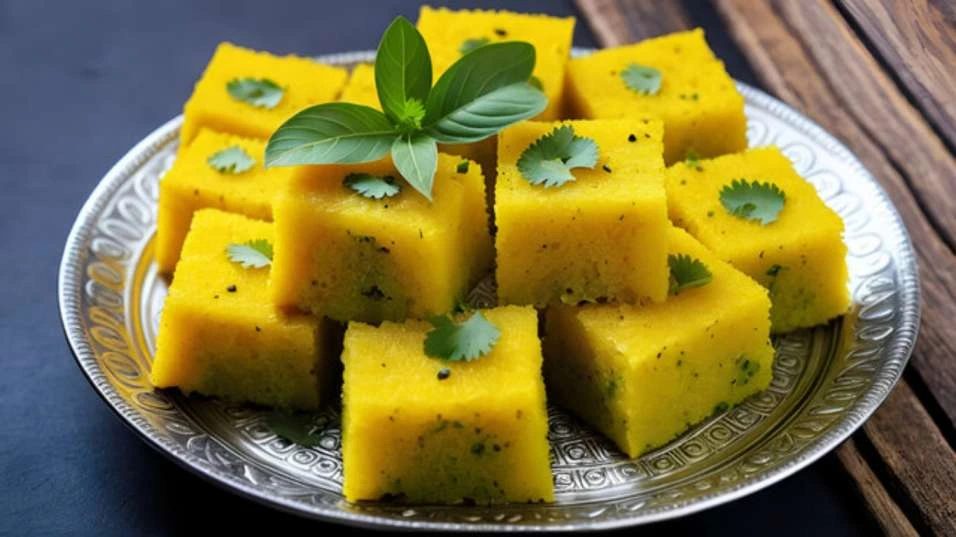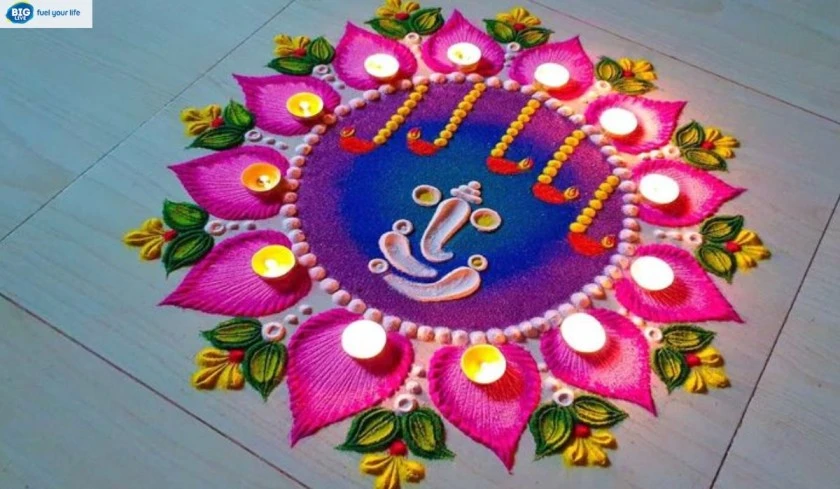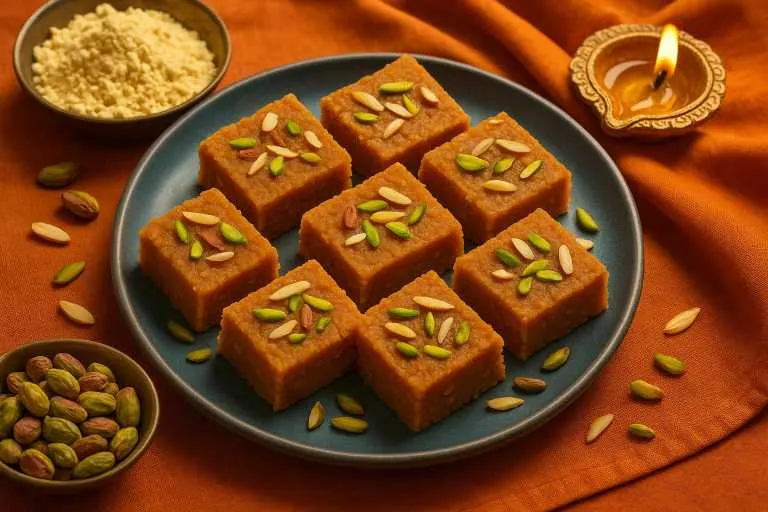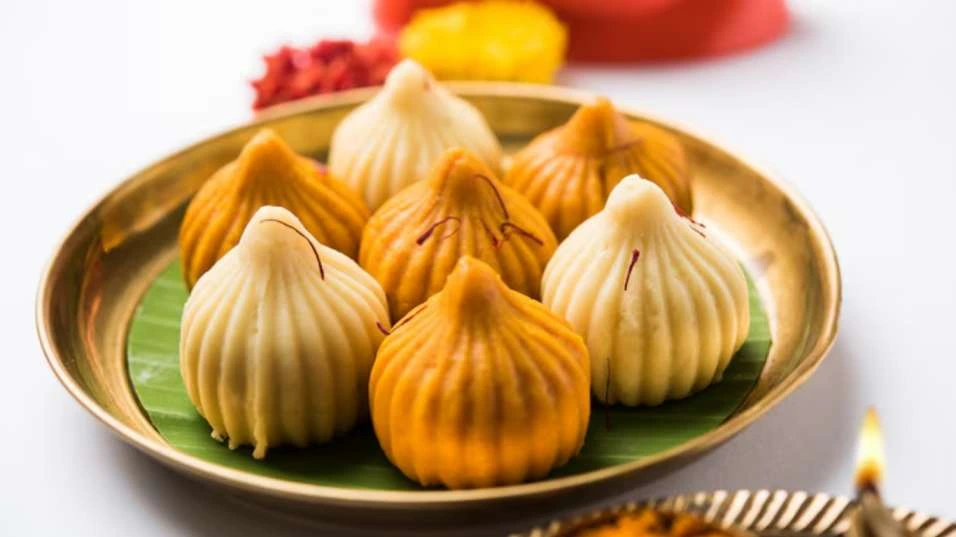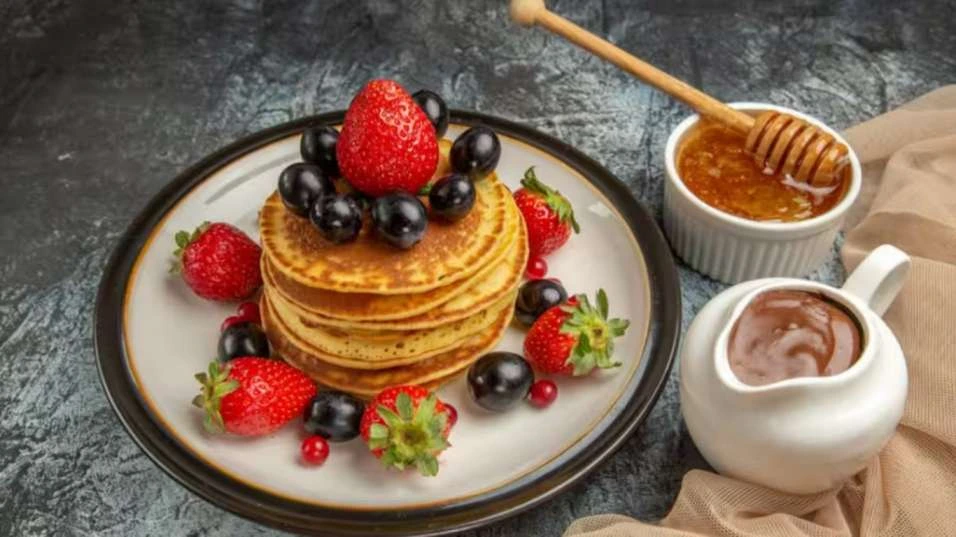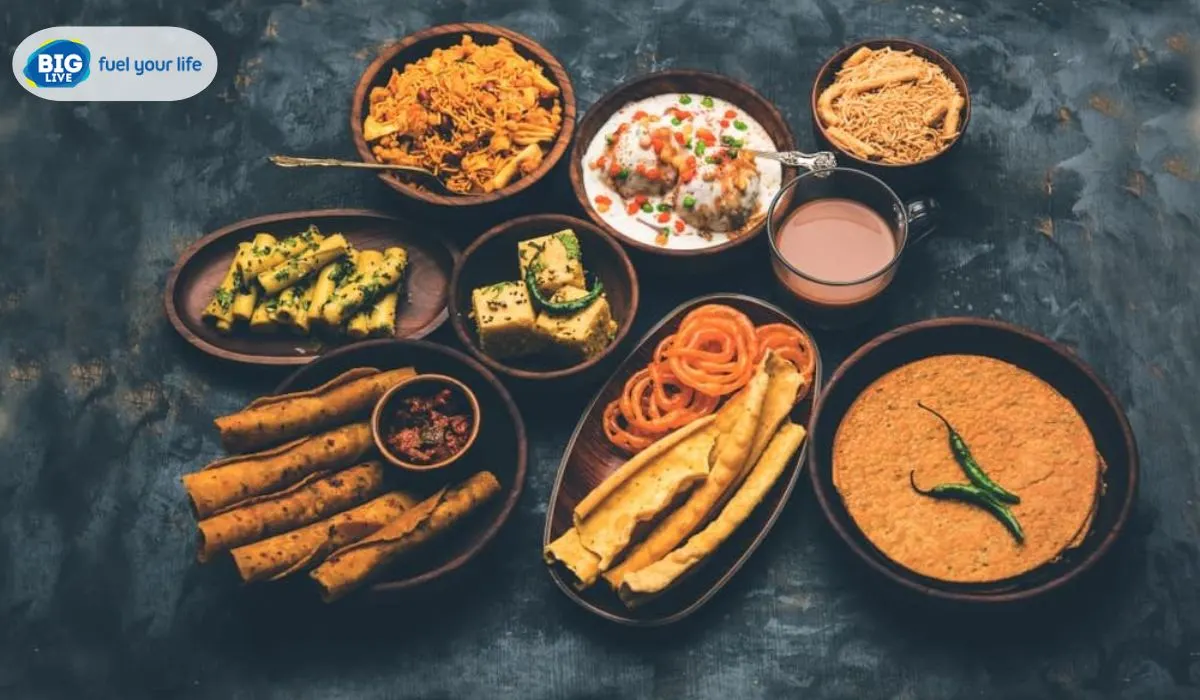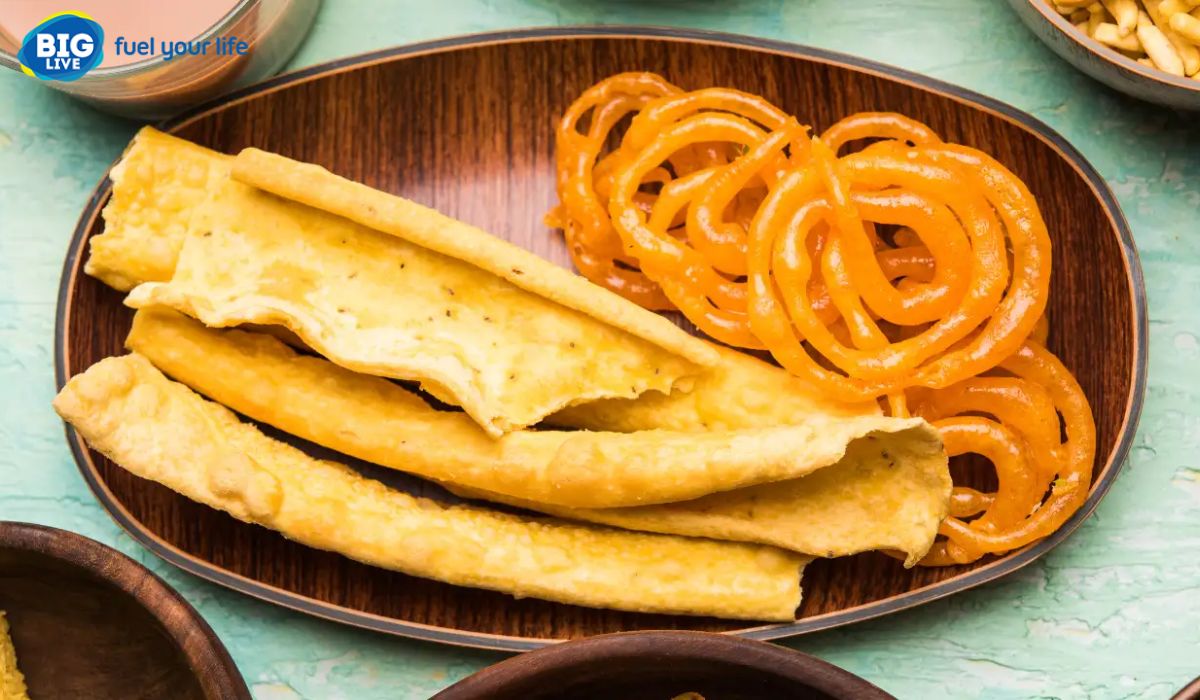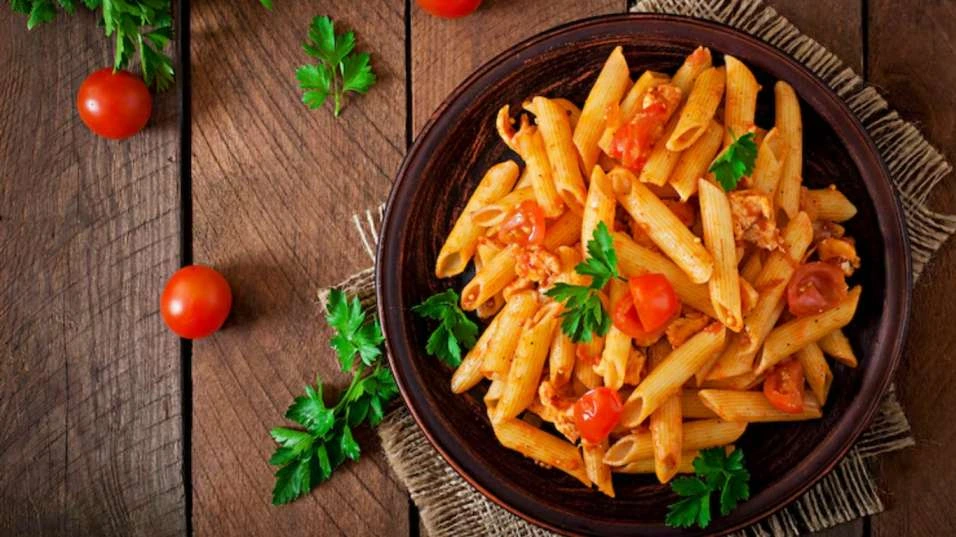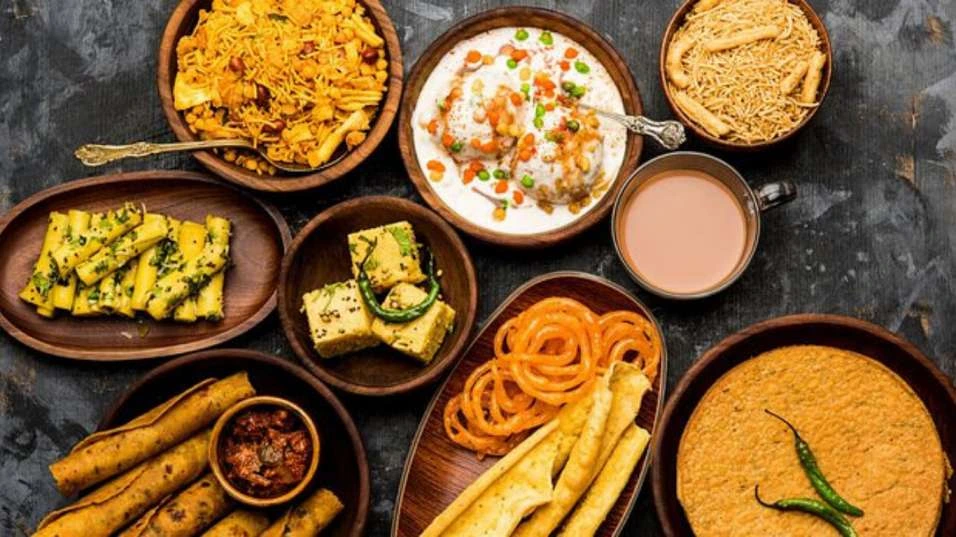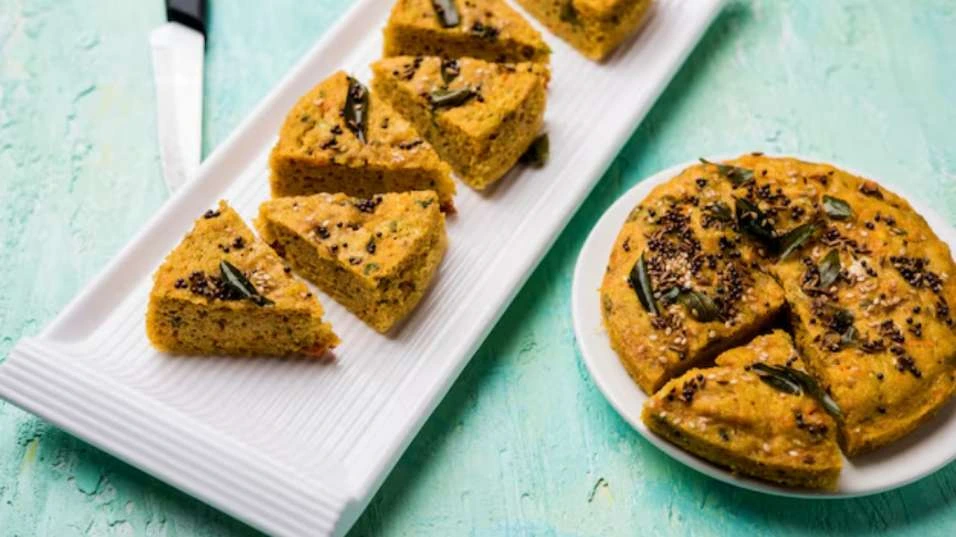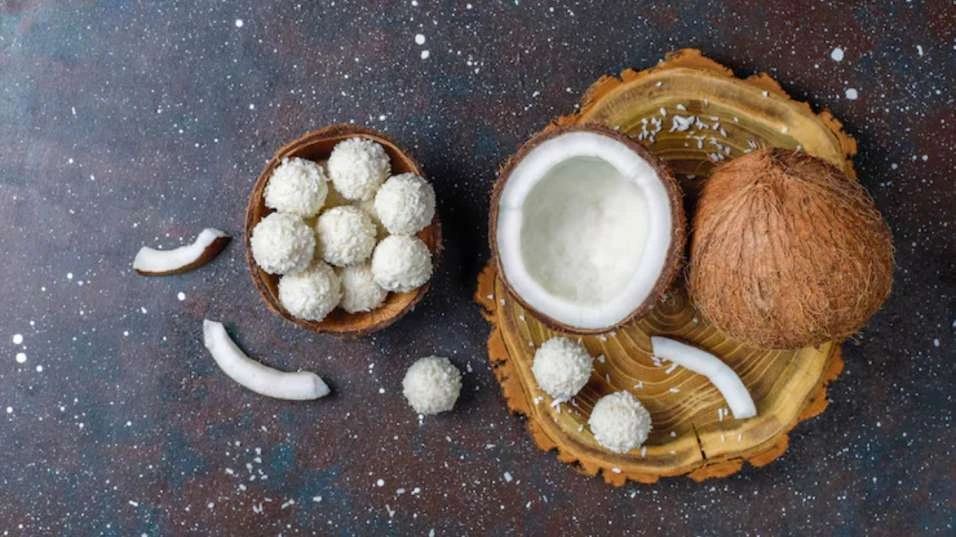Somewhere in an old home in Bhavnagar, an iron tawa is heating up. A woman in her 60s presses dough into thin rounds — today it’s thepla, tomorrow maybe bajra rotla.
She doesn’t count calories. She never has. But ask her how to keep your stomach happy during summer or which food makes your knees hurt less in winter, and she’ll give you a full answer. That’s Gujarati food culture. It’s not based on trends. It’s based on life. Gujaratis never overcomplicated food.
They made do with what was around — whatever the farm, the weather, and the market allowed. Yet, those modest meals carried something modern diets lack: wisdom. A little khichdi with kadhi wasn’t just comfort. It was balance. Ghee on top? Not luxury — fuel. A bowl of buttermilk beside it? That kept the stomach calm in Gujarat’s dry heat.
This kind of cooking wasn’t showy. It wasn’t written down in glossy cookbooks. But it worked. People stayed active well into their 70s. They didn’t rely on protein powders or digestive pills. Their food did the work — quietly, every day.
The Soft Tang of Dhokla: A Probiotic Without a Label
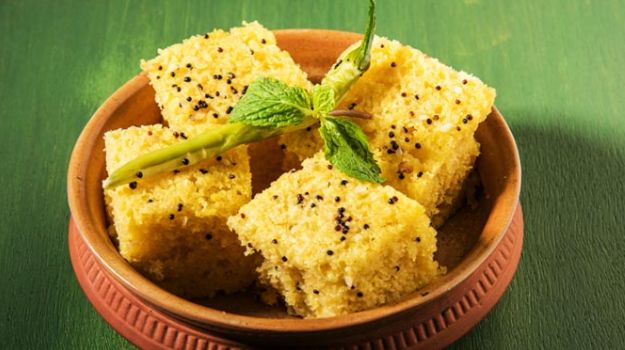
Dhokla’s soft, spongy texture makes it a favorite, but what’s going on behind the scenes is even better. That batter sitting overnight isn’t just rising — it’s changing.
It’s becoming something your stomach loves. Natural bacteria found in fermented foods like dhokla, handvo, and khandvi support gut health. And the best part? They don’t feel like medicine. They feel like snacks.
The reason these dishes survived so long wasn’t only taste. It was function. In hot places like Gujarat, stomachs can act up. So fermented snacks came to the rescue. They cooled things down, made digestion easier, and helped nutrients get absorbed properly. Even the chutneys that go with them — coriander, garlic, tamarind — were made fresh and offered cleansing benefits.
Today, people spend a fortune on probiotic drinks and pills. Ironically, the solution’s been sitting on Gujarati dining tables for centuries. A plate of khatta dhokla does more than fill your belly. It heals what’s inside — without you even realizing it.
Thepla, Rotla, and Other Flatbreads That Know Their Job
Ask someone what food they carry while traveling, and chances are they’ll say: thepla. Not only does it maintain its freshness, but it is also reliable. Thepla isn’t flashy, but it’s got layers — literally and nutritionally. It’s often made with fenugreek, turmeric, yogurt, ajwain — each ingredient doing something important, even if you don’t think about it.
Fenugreek (methi) helps blood sugar. Turmeric fights inflammation. Curd adds gut-friendly bacteria and makes the dough soft. Ajwain clears the stomach. It’s like a mini health kit wrapped in wheat. And when paired with pickle or chutney, it turns into a flavor bomb with benefits. Then there’s rotla — thicker, heavier, usually made with bajra or jowar.
These aren’t “trendy grains.” In Gujarat, they’ve always been there. Bajra gives iron and keeps you full for hours. Jowar is gentle on digestion. Both are gluten-free, which today’s health-conscious folks appreciate, but villagers used them just because they worked with the land.
It may not seem fancy to eat a rotla with raw onion and jaggery. But it’ll give you energy, clean your blood, and keep your system running smooth. No processed nonsense, no sugar rush. Just grain, flame, and care.
Weather Knows Best: Food That Changes with the Season
Gujarati food doesn’t sit still. It shifts with the sun, wind, and monsoon clouds. Summer food is light — cucumber, chaas, lemon water, raw mango. It cools. Keeps you from feeling heavy. In winter, suddenly you’re eating bajra rotla with ghee, sukhdi made with jaggery, and laddoos filled with edible gum.
Not for fun — for function. This wasn’t taught in schools. It was taught by watching mothers and grandmothers. They added sesame to their supper when the wind grew frigid. When it rained, they avoided certain vegetables that upset the belly. When someone was sick, they didn’t rush to the pharmacy.
They made jeera water or gave ginger with honey. Food was defense — subtle, strong, and smart. And spices weren’t decorations. They were quiet healers. Hing to reduce gas. Jeera to cool the system. T
urmeric for cuts and coughs. Even jaggery, that sweet bite at the end of a meal, had a job — it cleaned the system and added iron. Everything had its moment. Nothing was random.
Back to the Old Plate: When Slow Food Becomes the Fast Fix
Now we live in a world of 2-minute meals, freezer dinners, and snack bars with long, confusing ingredient lists. Still, more people are tired, bloated, or facing issues they can’t name.
Maybe the fix isn’t a new supplement. Maybe it’s in an old thaali. There’s a quiet revolution happening. Young people are being taught how to create their own khichdi. They’re asking their parents how to ferment dosa batter. Millet is back on shelves, not because of marketing — but because people feel better when they eat it.
That’s the proof. In Gujarat, food was always more than just food. It was habit, memory, protection, love. It never needed branding. But now, as the rest of the world begins to notice, it’s clear: these “simple” dishes were never simple at all. They were genius in disguise.
So next time you eat dhokla, don’t just enjoy the taste. Appreciate the process — the fermentation, the spice blend, the balance. When you roll a thepla, remember: it’s not just flour and water. It’s centuries of learning, pressed into a circle, and cooked over fire. That’s not just tradition. That’s health — wrapped in heritage.



